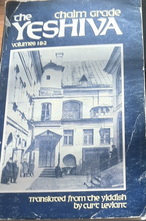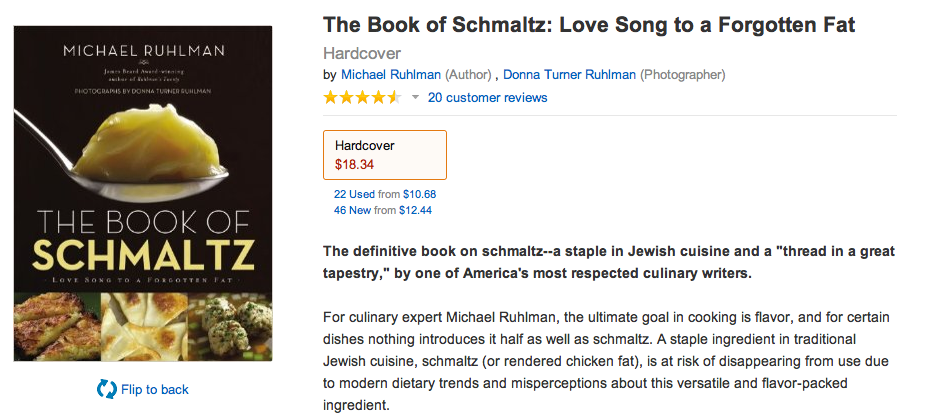
Not too thin for me, mind you--I like her just the way she is. She’s not abnormally thin. It’s just that, in the shtetl, they liked a little meat on a lady’s bones. Read for yourself:
"A woman, according to the shtetl inhabitants, should be zaftig and full-figured."
--Menachem Brayer, The Jewish Woman In Rabbinic Literature: A Psychohistorical Perspective
" ... the Yiddish word "Zaftig" was a complementary [sic] reference to a juicy, plumb, strong, vibrant, solid woman."
--Karen L. Smith. "Some Notes on Jewish Women and Eating Disorders"

--Yiddish novelist Chaim Grade, in a typically vivid characterization from The Yeshiva.
As if anybody needed proof of how things have changed since then, here's novelist Jennifer Weiner, in Good in Bed:
"She took no pleasure from the very things I loved, from her size, her amplitude, her luscious, zaftig heft. As many times as I told her she was beautiful, I know that she never believed me. As many times as I said it didn’t matter, I knew that to her it did. I was just one voice, and the world’s voice was louder. I could feel her shame like a palpable thing, walking beside us on the street, crouched down between us in a movie theater, coiled up and waiting for someone to say what to her was the dirtiest word in the world: fat."
"… to a certain generation of assimilation-minded, America-embracing Jews, schmaltz was shunned as a totem of their parents’ and grandparents’ unforgivingly ethnic poverty cuisine. At a low point in Jewish delicatessen culture, many cooks yielded to customer pressure, subbing flavor-deficient vegetable oil into their chopped liver and kishke." --Leah Koenig, writing in Tablet.
... and around the same time violinists stopped playing so schmaltzily:
So if de-schmaltzification is a result of assimilation and Americanization … is the same true for the lost appeal of zaftigkeit? Sarah Schulman thinks so, as she discusses classic Yiddish film Yidl Mitn Fidl in the online magazine Jump Cut:
"The detail I found most interesting in Yidl Mitn Fidl was the surprising information about Jewish aesthetic standards. We are told that the bride is ‘the most beautiful girl in the village.’ She is large-boned, plump, with big features and kinky hair. This is a pre-Americanization image of Jewish beauty. Today, an assimilated Jewish woman who looks like this would think of herself as unattractive.”
| | (Note that Molly Picon, holding the violin, is playing a woman pretending to be a man; the most beautiful girl in the village is the one on the left.) |
Okay. If all that's the case … why didn’t I make my heroine a little more zaftig?
Well … writing a novel that takes place in another time and place requires a little flexibility. Sometimes you go for what seems historically accurate. Sometimes you favor what is historically plausible. And sometimes, you just have to do what feels right.
I guess this is a case of doing what feels right. What can I say, I'm a thoroughly American Jew.
I'm just sorry my heroine has to suffer for it.

 RSS Feed
RSS Feed